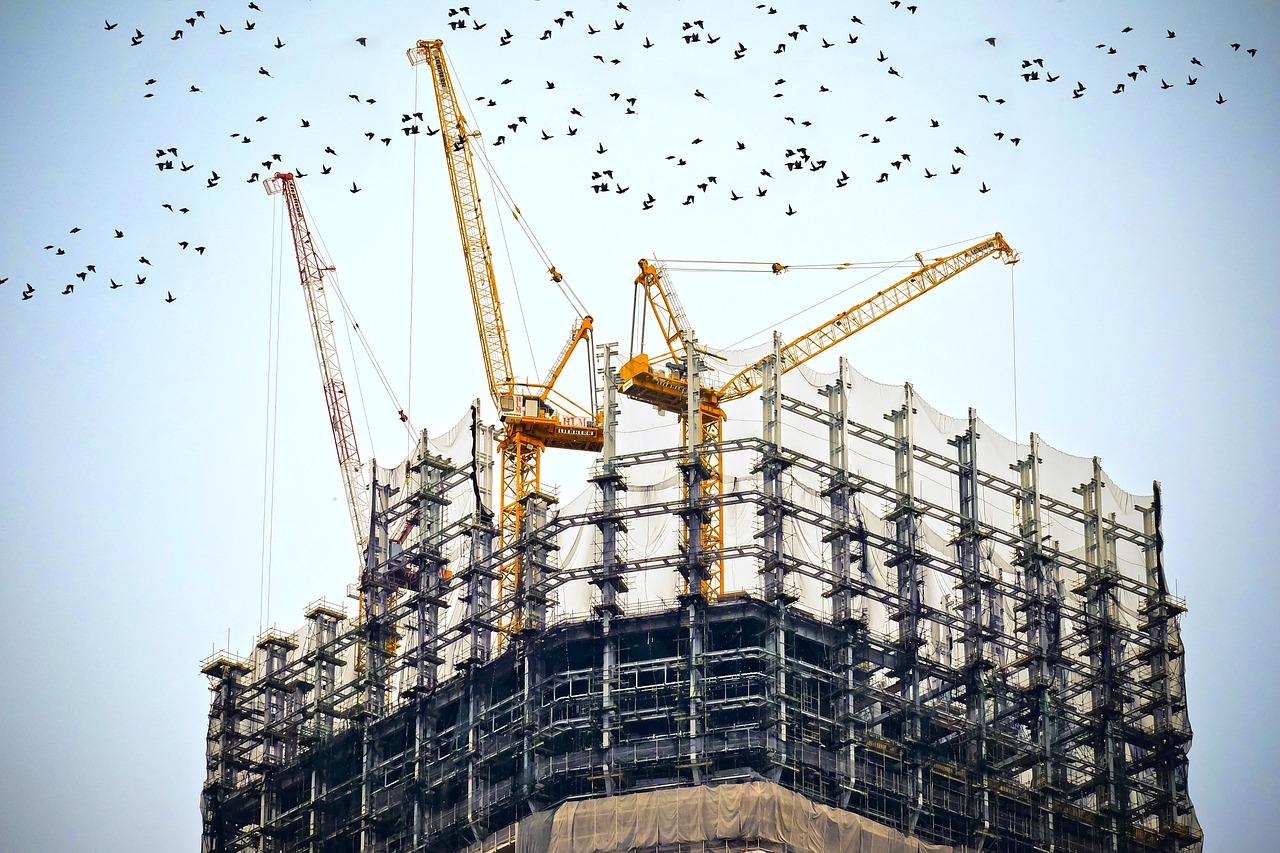A small fishing village at one time, Dubai has experienced an infrastructure boom since oil was discovered in the region during the 1960s. Redevelopment efforts focused on turning Dubai into a luxury tourist destination began in the 1980s, and now the city boasts some of the most impressive skyscrapers in the world. In fact, Dubai has more super-skyscrapers—buildings measuring at least 300 meters tall—than any other city in the world, while its Burj Khalifa is the tallest tower in the world at 828 meters tall.
Many of these buildings feature a complex design with innovative elements. One Za’abeel, a mixed-use AED 3.39 billion development near the Dubai World Trade Centre that is now under construction, is considered to be one of the most logistically challenging skyscrapers in the city.
Twin Tower Design
Strategically located in the Za’abeel district between the new and old business districts, One Za’abeel is a twin tower development that was designed by the Japanese firm Nikken Sekkei and is being developed by Ithra Dubai, which has a target completion date of 2021. The two parallel towers, known as Tower A and Tower B, stand 304 meters and 241 meters, respectively. They are connected by a 226-meter-long panoramic sky concourse known as The Link. The entire development was designed to resemble a Japanese gate and—once completed—will symbolically represent “the gateway into Dubai.”
Tower A will feature restaurants and executive office space, as well as a 500-room luxury hotel, the world’s first-ever vertical resort, and an infinity pool. Meanwhile, Tower B will mostly be comprised of residential units. Extensive excavation was undertaken to make room for seven basement levels located 28 meters below ground level.
The Link
The standout feature of One Za’abeel is The Link. At 226 meters long, it is the longest cantilever structure in the world. Comprised of steel and glass, it weighs 9,000 tons. Extending 100 meters above ground, it is suspended perpendicular to Tower A and Tower B. An exercise in design innovation, The Link will have functional uses. The building will house several restaurants and bars, as well as an observation deck, pool, gym, spa, and banquet hall. Visitors can even take in views of the Dubai skyline from its rooftop terrace.
The first section of The Link was lifted to its final position in August 2020 over the course of three days using more than two-dozen heavy-duty strand jacks. The final lift of the second section was completed in October. Additional work was necessary to secure The Link, which will also employ an early warning system entailing around-the-clock bridge monitoring and bridge jacking to detect possible settlement in the structure.
Best Innovative Project of the Year
While One Za’abeel remains under construction, it has already earned multiple project design awards. It received both the Big Project ME’s Mixed-Use Project of the Year and the Construction Innovation Awards for Best Innovative Project of the Year in 2019. The latter ceremony is hosted by BNC Publishing and is among the most prestigious construction and facilities management events in the Middle East. One Za’abeel received the award for adhering to best practices and the original use of construction technologies and techniques.
In addition to receiving recognition from the construction and design industry, One Za’abeel is being developed with the goal of obtaining Gold LEED certification. The towers employ water-to-water heat pumps and use treated sewage water for irrigation. Energy-efficient design elements have also been incorporated into its façade.
Construction and COVID-19 Obstacles
A project as innovative and complex as One Za’abeel has not been without its challenges. For instance, ALEC, one of the main contractors involved in the development, originally intended to secure The Link in one lift, but ultimately had to do so through two separate lifts several months apart. The last section required approximately 45 days of welding to ensure that The Link was safely fused to the two towers.
“It’s a significant lift and in order to do this, it took thousands of man hours of engineering, validation and verification,” according to Barry Lewis, the managing director for construction at ALEC, in a December 2020 article in Construction Week. “By using heavy jacks and strands, we were able to design the lift of The Link through a series of leavers, which transfers the forces back into the permanent structure. In order to make that happen, we had an obligation to ensure that we engineered our construction sequence considering all temporary conditions, ensuring that at all times the permanent structure was never compromised.”
Combined with employees from various subcontractors, ALEC has approximately 5,500 employees on-site and an additional 250 engineers seeking to ensure that the project is completed in a safe and efficient manner. Managing this number of people can prove challenging enough on its own, it was made more difficult due to the COVID-19 pandemic. Software was used to assist with scheduling, while constant monitoring was enforced to ensure that people adhered to safety guidelines.

